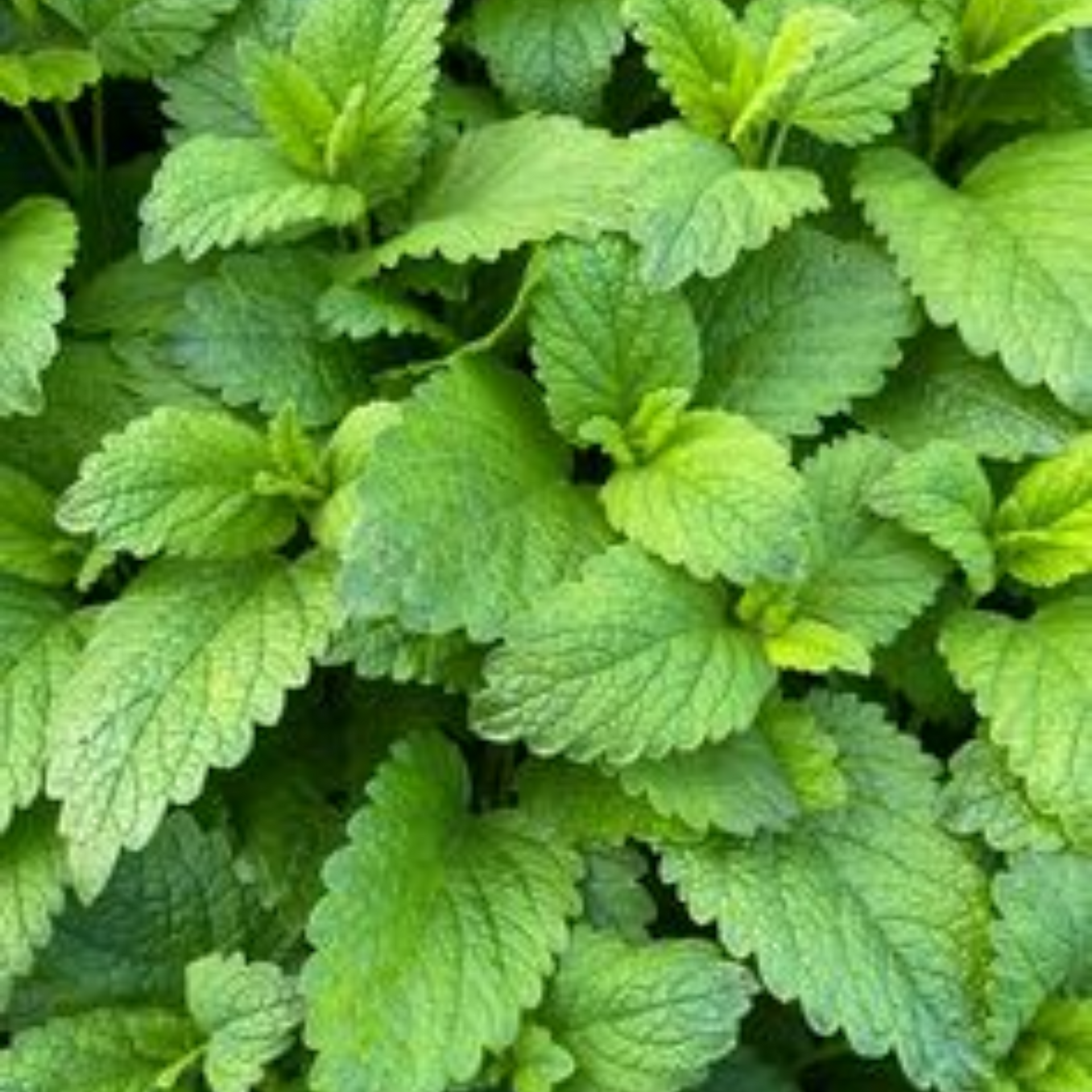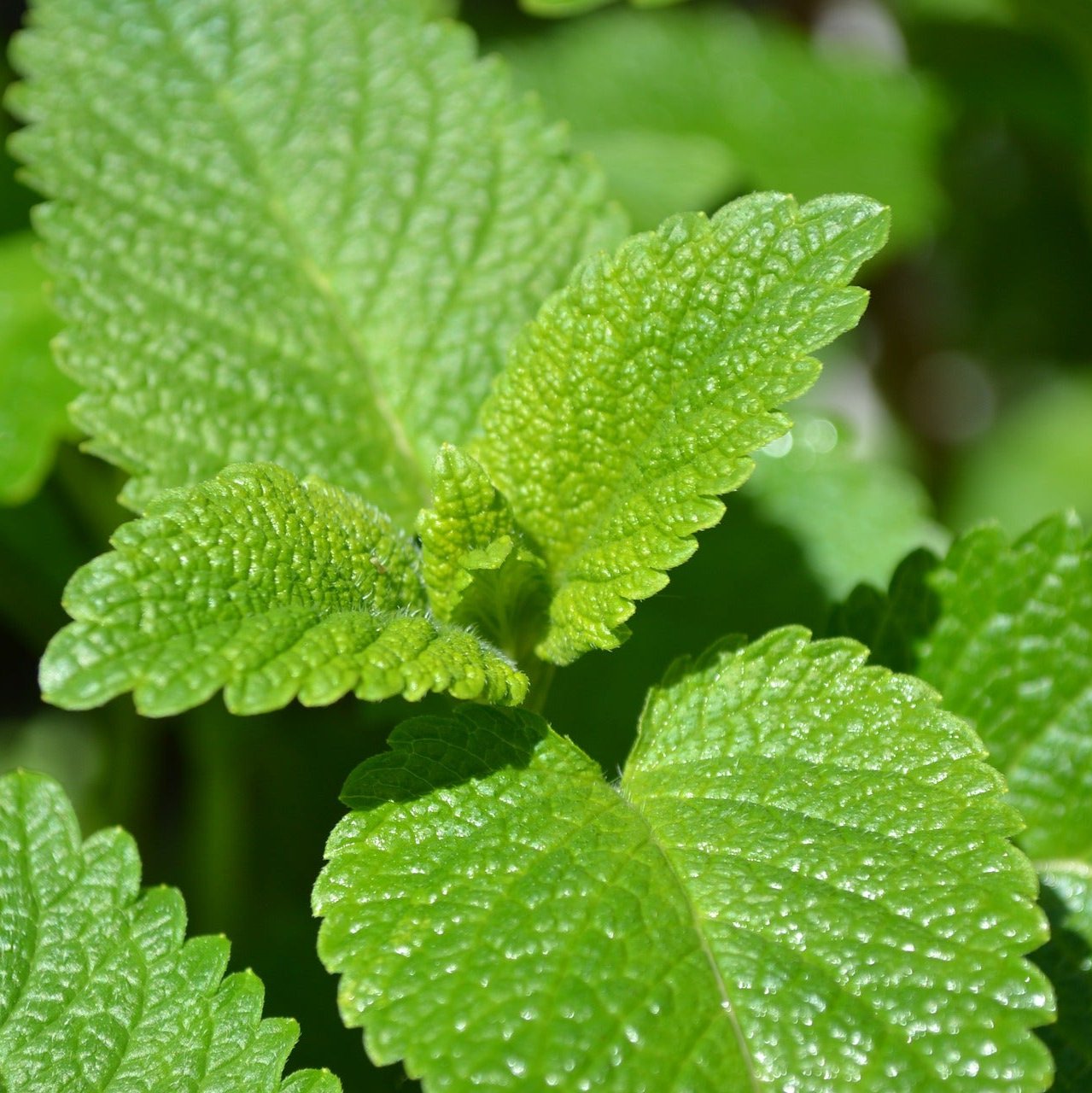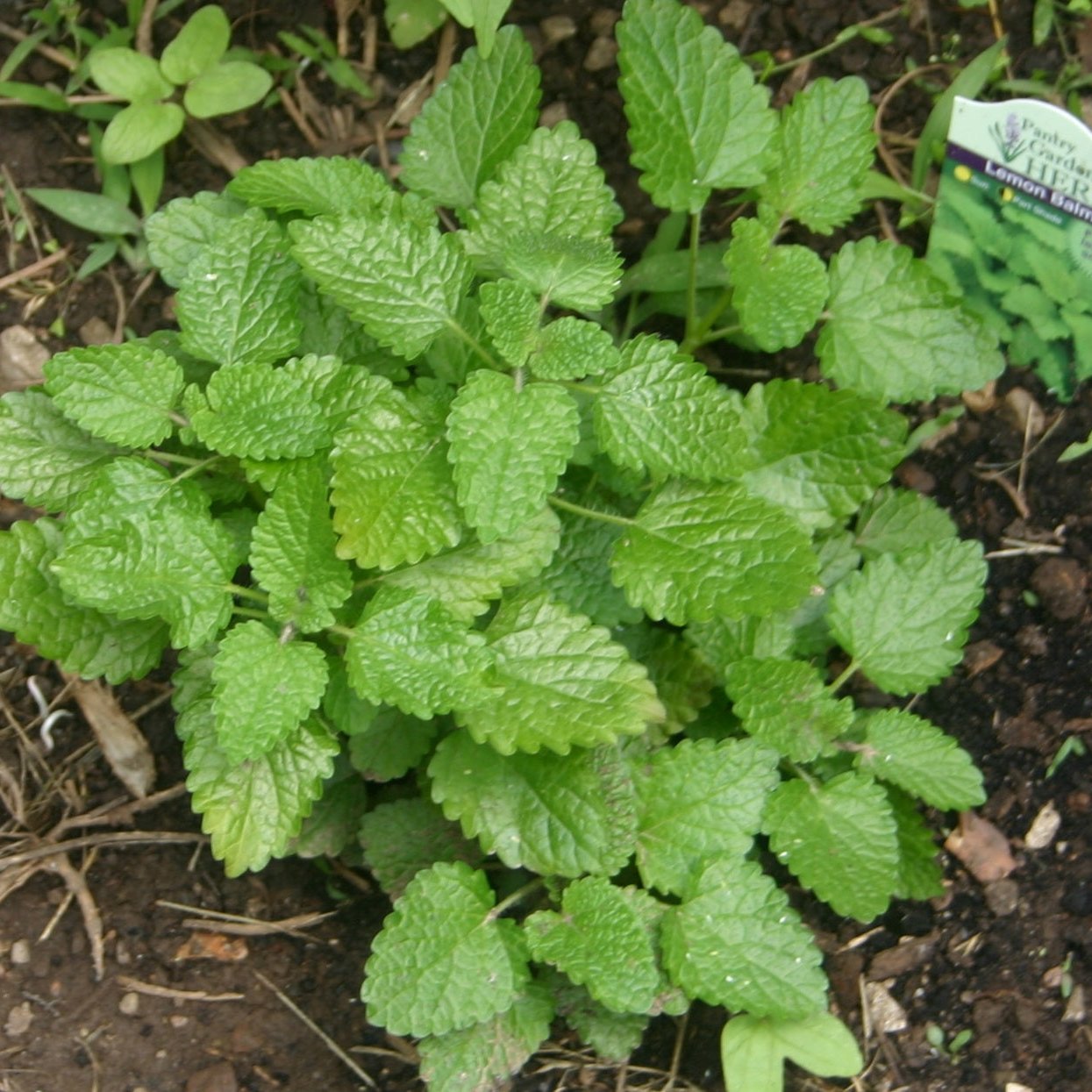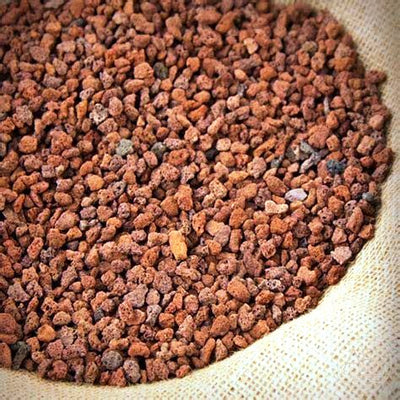


Live Healthy Lemon BalmPlant.
James Duke mentions that Lemon Balm can help with Chronic Fatigue Syndrome and Shingles, due to the anti-viral action. One of Lemon Balm’s key medicinal qualities is as a tranquilizer. It calms a nervous stomach, colic, or heart spasms. The leaves are reputed to also lower blood pressure.Often said to ease stress and anxiety, lemon balm contains a compound known as rosmarinic acid that appears to have potent antioxidant and antimicrobial properties. Alternative practitioners believe that lemon balm can be used to treat a wide range of medical conditions, including insomnia, cold sores, high cholesterol, genital herpes, heartburn, and indigestion.
Medicinal Use:
- In medieval times it was used medicinally to cure all forms of ailment from crooked necks to morning sickness, it was thought to be beneficial to help heal wounds, treat venomous insect bites and stings, and for alleviating pain from gout
-
Lemon Balm Care
- Follow these How to Grow Lemon Balm from seeds instructions and grow some wonderful flavor
- Grow in a container or contained area of the garden as this plant spreads
- Start indoors 6 to 8 weeks before the last frost, and transplant out or direct so in late March to mid-April
- Barely cover the tiny seeds
Sunlight Full Sun Watering Dry to medium Soil well-drained soil Height 20-30cms Fertilizer Apply any organic fertilizer Harvest Season The plant will regrow in 4 weeks or so in warm weather. Planting And Care
- Lemon balm can grow well in most climates, although it prefers drier climates


















